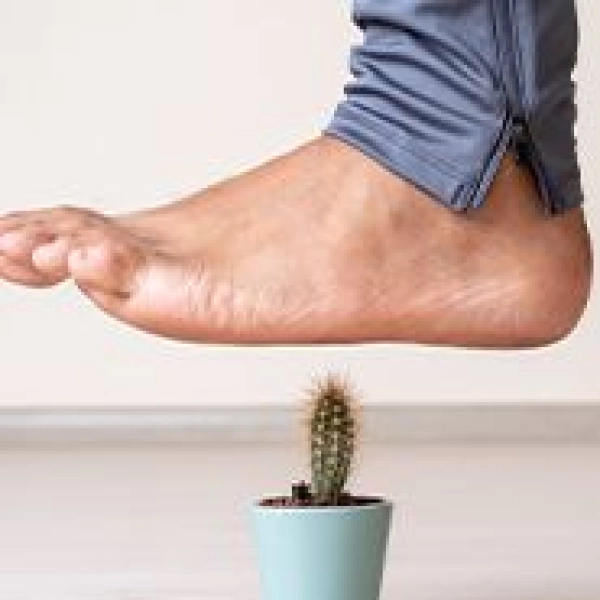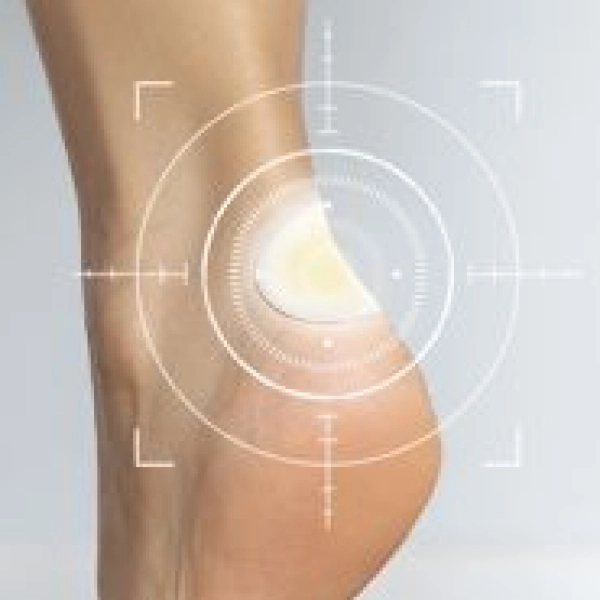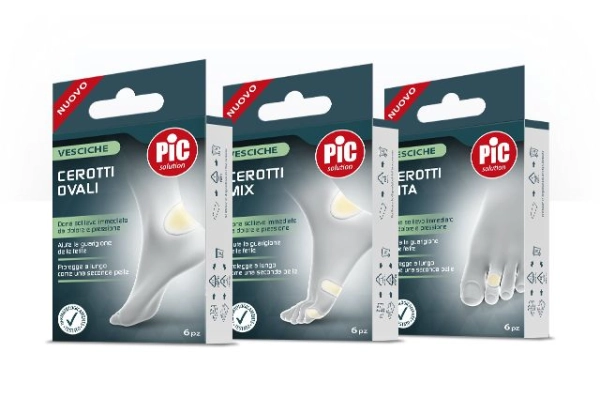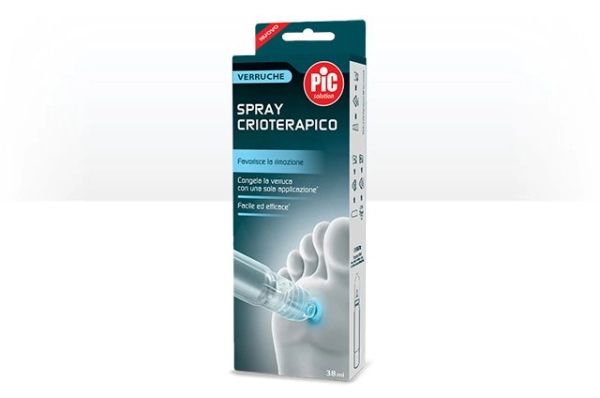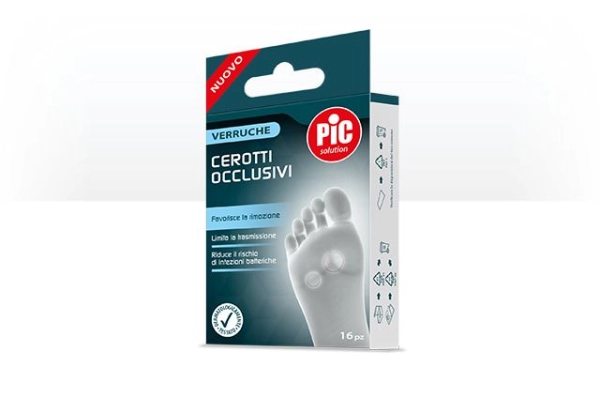

Blisters are small skin lesions caused by rubbing against footwear or by minor burns. They are a common ailment, but one that is particularly frequent among those who love endurance sports: from simple runs, to marathons, to hiking tens of kilometres in spring and summer. The main symptoms of blisters, which may be painless for some people, are reddened skin, itching, burning and a general increase in temperature of the affected area.
As was true for calluses and corns, blisters are also a natural reaction that attempts to prevent infection or the worsening of skin wounds. When a given part of the foot is subjected to constant friction against another part fluid will tend to build up between the epidermis (the outermost layer) and the dermis (the middle layer of the skin) forming a sort of boil. The purpose of blisters is to protect the wound from bacteria and the risk of infection. This self-defence mechanism comes at a cost: when the blister is compressed the pain can be so severe that it interferes with walking.
According to some researchers the formation of blisters affects 39% of marathon runners and amateurs. Incidence is even higher (70%) in those who face multi-day marathons or ultra-trails. Blisters are a frequent complaint for these athletes: after a high level of exertion or an exhausting workout the most common source of pain is foot pain caused by blisters that form during training and that can appear even when using footwear that is adequate and comfortable.
To minimise pain and keep the blister from degenerating into an infection or causing tissue damage, immediate action is needed. Blisters can often be treated without a visit to the podiatrist, the specialist who treats foot problems; however, timely action must be taken to treat and prevent blisters.
If the blister is still small, usually less than 5 mm in diameter, with little or no pain, specialists advise against attempting do-it-yourself surgery. Simply cover the blister with a small plaster to protect it and wait for it to reabsorb on its own. This may happen in two or three days. The plaster alleviates any pain and, besides providing a barrier against germs, helps keep the area around the blister moist, promoting natural healing.
